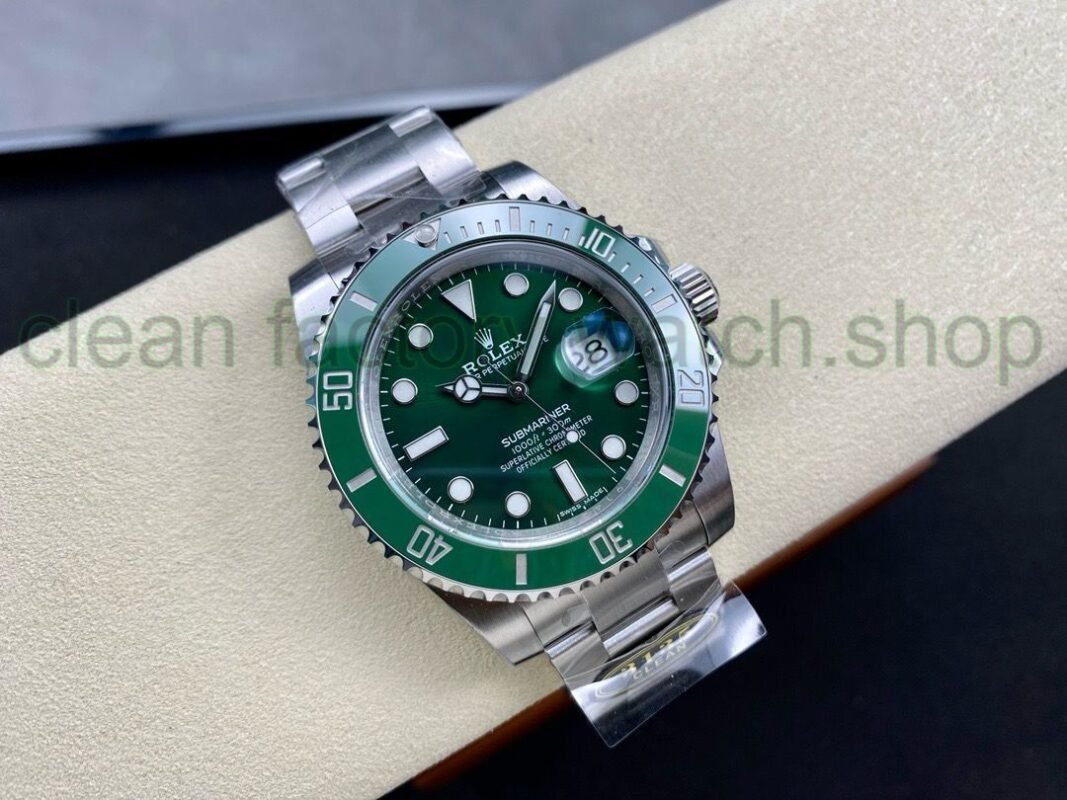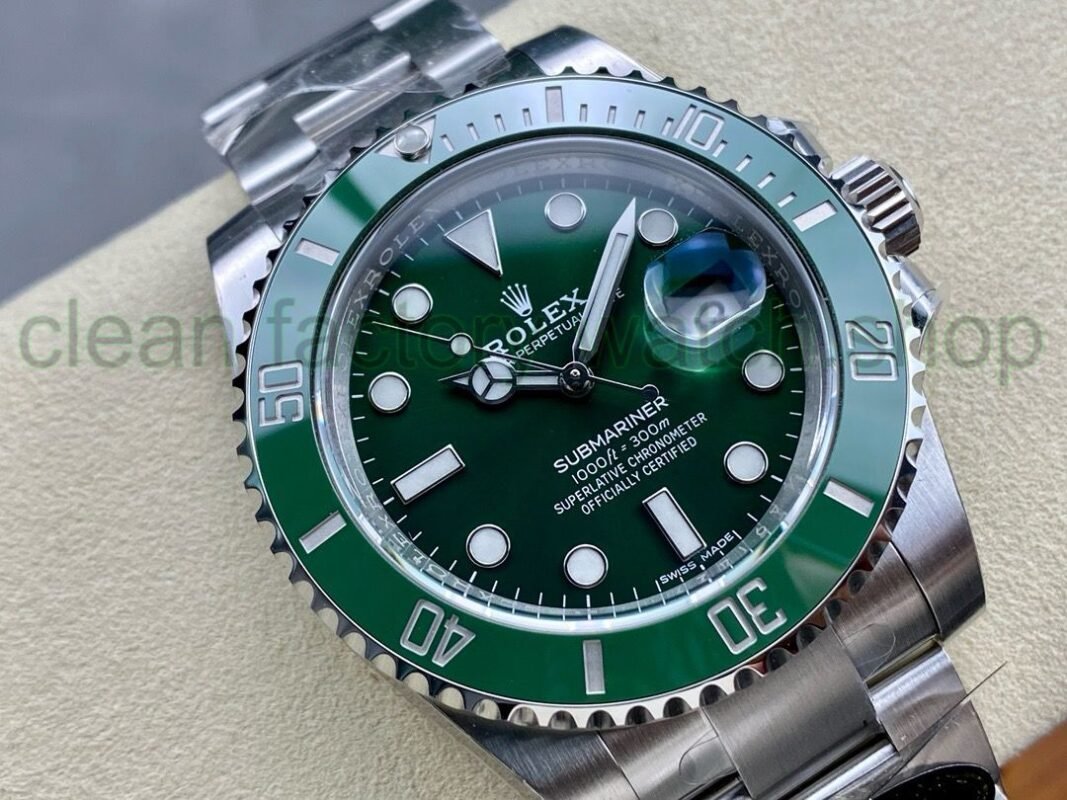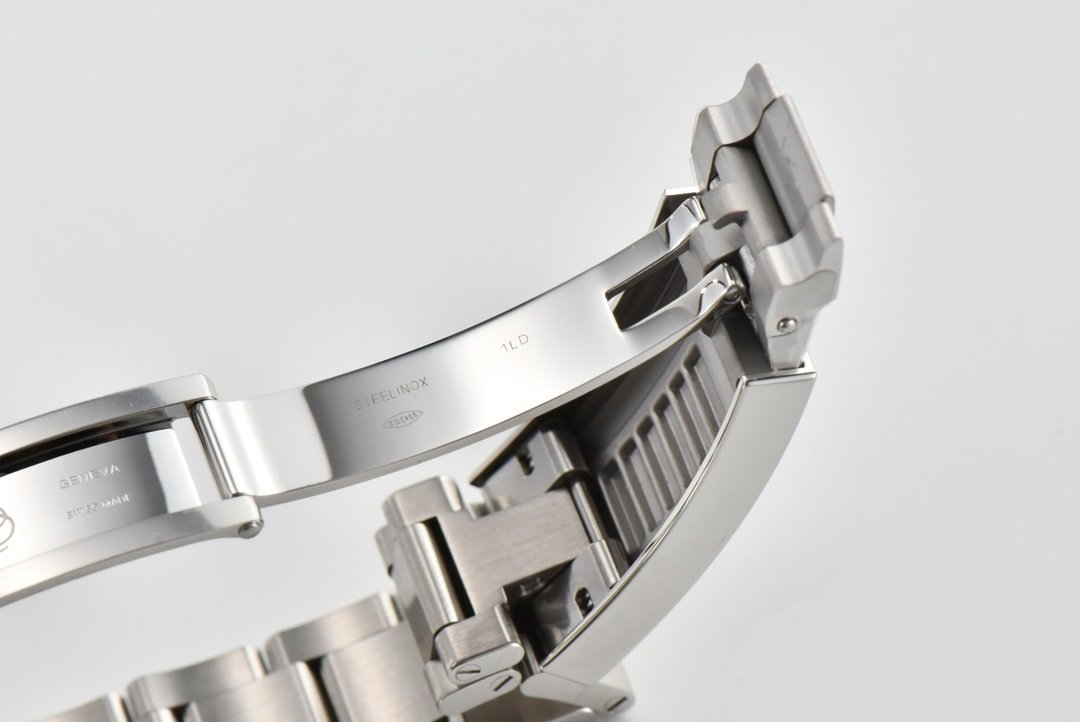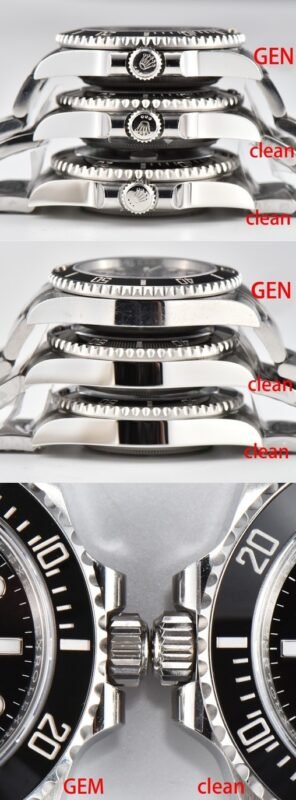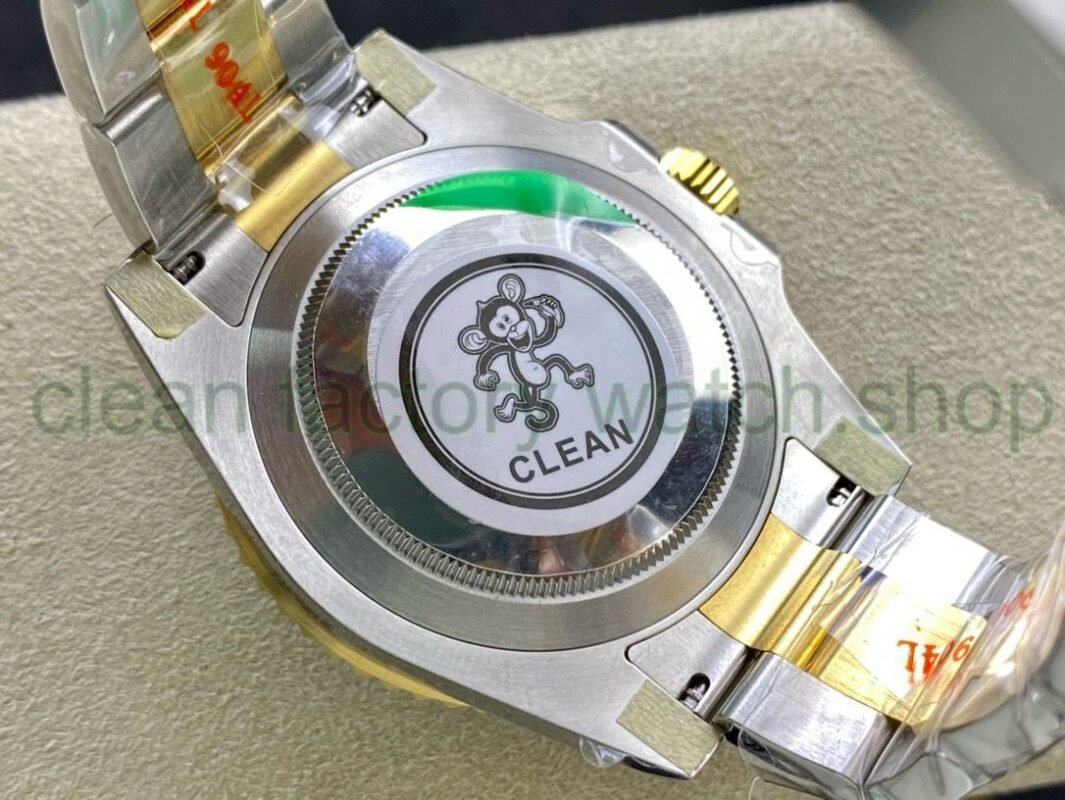Blog
Behind the Design: The Art of Clean Factory Watches
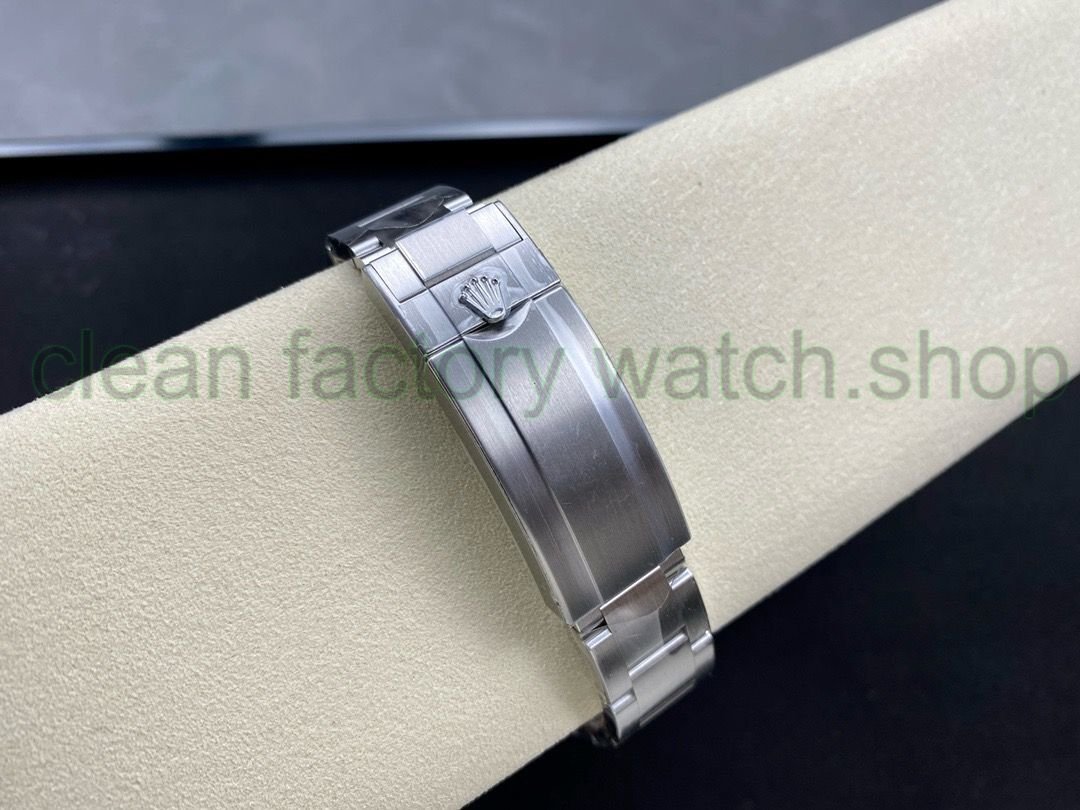
in a world where the complexities of modern life frequently enough overshadow the beauty of simplicity, clean factory watches stand as a testament to the elegance of minimalism. These timepieces, characterized by their uncluttered dials and straightforward functionality, offer more than just a means of telling time; they encapsulate a philosophy that embraces clarity in both design and purpose. But what lies behind the creation of these captivating watches? In this article, we delve into the meticulous artistry and thoughtful design processes that breathe life into clean factory watches. From the inspiration that drives their aesthetic appeal to the technical precision that ensures their reliability, we uncover the intricate layers that define this genre of horology. join us as we explore the convergence of craftsmanship, innovation, and style, revealing the artistry that elevates clean factory watches from mere instruments to timeless design statements.
Table of Contents
- Exploring Minimalism and Functionality in Clean Watch Design
- The Role of Materials in Crafting Timeless Aesthetics
- Precision Engineering: The Heartbeat of Clean Factory Watches
- curating Your Collection: Essential Tips for Enthusiasts
- Q&A
- In Retrospect
Exploring Minimalism and Functionality in Clean Watch Design
In the world of watchmaking, the allure of minimalism paired with functionality creates a harmonious blend that captivates modern consumers. A clean watch design frequently enough reflects a purposeful effort to strip away the superfluous, showcasing the essence of timekeeping without distractions. This approach involves several key elements:
- Simplicity in Dial Design: A minimalist dial with clear markers allows for rapid time reading while exuding elegance.
- Subtle color Palettes: Neutral tones are often favored, enhancing the versatility of the watch and making it suitable for various occasions.
- Thoughtful Material Choices: Utilitarian materials ensure durability without sacrificing style, such as brushed metals that resist wear.
Functionality remains at the heart of these designs, proving that less can indeed be more. The integration of essential features, like water resistance and scratch-resistant glass, ensures the timepiece’s practical use while maintaining its clean aesthetic. In the realm of factory watches, this commitment to functional minimalism is frequently enough demonstrated through:
| Feature | Description |
|---|---|
| Sleek Cases | Thin profiles that lay flat against the wrist. |
| Uncluttered Interfaces | Fewer complications for straightforward usability. |
| Interchangeable Straps | Versatile options that change the watch’s look effortlessly. |
The Role of Materials in Crafting Timeless Aesthetics
The essence of a watch transcends mere functionality; it is an embodiment of artistry influenced profoundly by the materials chosen in its creation. From the sleek cases of stainless steel to the warmth of leather straps, each component plays a crucial role in achieving a sophisticated yet understated aesthetic.The choice of materials dictates not only the visual allure but also the tactile experience, creating a connection that resonates with the wearer. Consider the following elements that contribute to the allure of these timepieces:
- Stainless Steel: Known for its durability and classic appeal, stainless steel enhances the modern look while resisting wear and tear.
- High-Grade ceramics: Lightweight and scratch-resistant, ceramics bring an elegant matte finish, offering a unique touch to minimalist designs.
- Natural Leather: Leather straps add character that evolves over time,making each piece one-of-a-kind.
- Sapphire Crystal: This material not only ensures clarity and visibility but also adds a touch of luxury with its brilliance.
Notably, the synergy between these materials creates cohesive lines and shapes that define clean factory watches. Design philosophies frequently enough prioritize simplicity, allowing the materials to shine in their own right. When coupled with precise craftsmanship, the result is a streamlined design that stands the test of time. The careful selection and combination of materials not only guarantee aesthetic appeal but also longevity, making these watches cherished heirlooms. hear’s a simple comparison of characteristics in popular materials:
| Material | Characteristics |
|---|---|
| Stainless Steel | Durable, polished finish, resistant to corrosion |
| Ceramic | Lightweight, scratch-resistant, innovative designs |
| Leather | Soft, comfortable, develops unique patina |
| Sapphire Crystal | Hard, clear, highly reflective |
Precision Engineering: The Heartbeat of Clean Factory Watches
At the core of clean factory watches lies the meticulous art of precision engineering. this process involves intricate techniques that ensure every component functions harmoniously, resulting in the flawless performance that wearers expect. The skilled artisans behind these masterpieces utilize state-of-the-art technology alongside traditional craftsmanship to fabricate watch parts with absolute accuracy.Techniques such as CNC machining, laser cutting, and hand-polishing are employed to achieve the sleek lines and refined details that define clean factory aesthetics. Each piece is a testament to a synergy of technology and artistry, harmonizing form and function flawlessly.
The commitment to quality and durability is further reflected in the careful selection of materials used in production. Manufacturers often rely on a combination of high-grade stainless steel, sapphire crystal, and genuine leather to enhance both the longevity and visual appeal of the timepieces. A closer look reveals the following key aspects of these advanced manufacturing processes:
- Robotic Precision: Robots are utilized to minimize human error in parts production.
- Quality Control: Each watch undergoes rigorous testing to ensure it meets strict operational standards.
- Eco-Friendly Practices: Many clean factories employ lasting methods to minimize their environmental impact.
Curating Your Collection: Essential Tips for Enthusiasts
Curating a collection of clean factory watches is a journey that calls for a meticulous approach. Start by identifying a theme that resonates with you; whether it’s a focus on vintage designs, minimalist styles, or color cohesiveness, having a direction will refine your choices.to enhance your collection,consider the following points:
- Research and verify: Always dig deep into the history of each watch you consider. This includes understanding its provenance, craftsmanship, and brand reputation.
- Invest in Condition: Focus on the condition of the watches in your collection. Pieces that are well-preserved will not only look better but also hold more value.
- Diversity is Key: Aim to diversify your collection with different types of watches, such as mechanical, quartz, and smartwatches, to showcase a variety of technologies.
Documentation plays a crucial role in building a meaningful collection. Organize your watches with relevant paperwork, including original purchase invoices, certificates, and service records.This not only adds value but also serves as a storytelling element for each piece. Creating a catalog can assist in keeping track of your collection:
| Watch Model | Purchase Date | Condition | Notes |
|---|---|---|---|
| Rolex Submariner | 01/15/2020 | Mint | Purchased from authorized dealer |
| Omega Speedmaster | 06/22/2019 | Excellent | Serviced in 2021 |
Q&A
Q&A: Behind the Design – The Art of Clean Factory Watches
Q1: What defines a “clean factory watch“?
A: A clean factory watch is characterized by its minimalist aesthetic, high-quality construction, and precision craftsmanship. It usually features a simple, uncluttered dial, sleek lines, and often a subdued color palette. These watches emphasize functionality while maintaining a sophisticated elegance, making them ideal for both everyday wear and special occasions.
Q2: What inspired the movement towards clean factory designs in watchmaking?
A: The modern design trend towards minimalism has influenced various industries, including watchmaking. Designers and consumers alike have shifted their focus toward simplicity,functionality,and sustainability. As a result, many brands sought to craft timepieces that strip away needless embellishments, highlighting the essential elements of watchmaking—time and craftsmanship.
Q3: What are some key elements that contribute to the design of a clean factory watch?
A: Key elements include a well-balanced dial,thoughtful use of negative space,and high-quality materials. Designers frequently enough emphasize legibility, using contrasting colors for hands and markers to ensure the time is easily readable. Additionally, the choice of strap materials—such as leather, metal, or fabric—complements the overall aesthetic while being comfortable and durable.
Q4: How do clean factory watches cater to different consumer preferences?
A: clean factory watches can be incredibly versatile, allowing for personalization and adaptability. Some brands offer customizable features such as interchangeable straps or customizable dials that let consumers express their unique tastes while enjoying the simplicity of the design. This versatility appeals to both minimalist aficionados and those who appreciate classic, timeless styles.
Q5: In what ways do clean factory watches maintain high functionality?
A: Despite their minimalistic design, clean factory watches often incorporate advanced movements and technology. Brands prioritize precision and reliability,ensuring that their watches not only look good but also perform exceptionally well. Many models include features such as water resistance, scratch-resistant glass, and superior quartz or mechanical movements, making them practical choices for everyday wear.
Q6: How has the market reacted to the rise of clean factory watches?
A: The market has responded positively to clean factory watches, with an increasing number of brands emerging and existing brands refining their minimalist offerings. Consumers appreciate the blend of style, functionality, and value for money that these watches provide. The clean design ethos also resonates with the growing trend of ethical and sustainable consumption, further bolstering their popularity.
Q7: What challenges do designers face when creating clean factory watches?
A: Designers must navigate the delicate balance between simplicity and innovation. The challenge lies in creating a watch that is visually appealing while also incorporating advanced features and maintaining a unique identity. Additionally, sourcing sustainable materials without compromising quality can be a complex task, particularly given the rising demand for eco-friendly products.
Q8: What can we expect from the future of clean factory watches?
A: The future of clean factory watches looks promising as the demand for minimalist design and sustainable practices continues to grow. We can expect more innovative designs that push the boundaries of simplicity, possibly incorporating smart technology while retaining that essential aesthetic. Furthermore, as globalization brings a wider array of influences into watch design, we may see a interesting blend of cultural elements that inspire fresh takes on classic clean designs.
In Retrospect
As we wrap up our exploration of the intriguing world of clean factory watches, it’s clear that these timepieces embody more than just functionality; they are a testament to the artistry and precision that define modern horology. behind their unassuming facades lies a harmony of design principles, craftsmanship, and a commitment to aesthetic purity.Each watch tells a story—a story shaped by the hands of skilled artisans and the unrelenting pursuit of perfection.
As you contemplate your next timepiece, consider the elegance of simplicity that clean factory watches offer.They remind us that in a world frequently enough filled with complexity,beauty can be found in restraint and clarity. Whether you’re a seasoned collector or a curious newcomer, may your journey into this realm of watchmaking inspire a deeper appreciation for the artistry that transcends trends and time. Welcome to a new era of watch design—one that boldly claims its place in the intersection of tradition and innovation.

